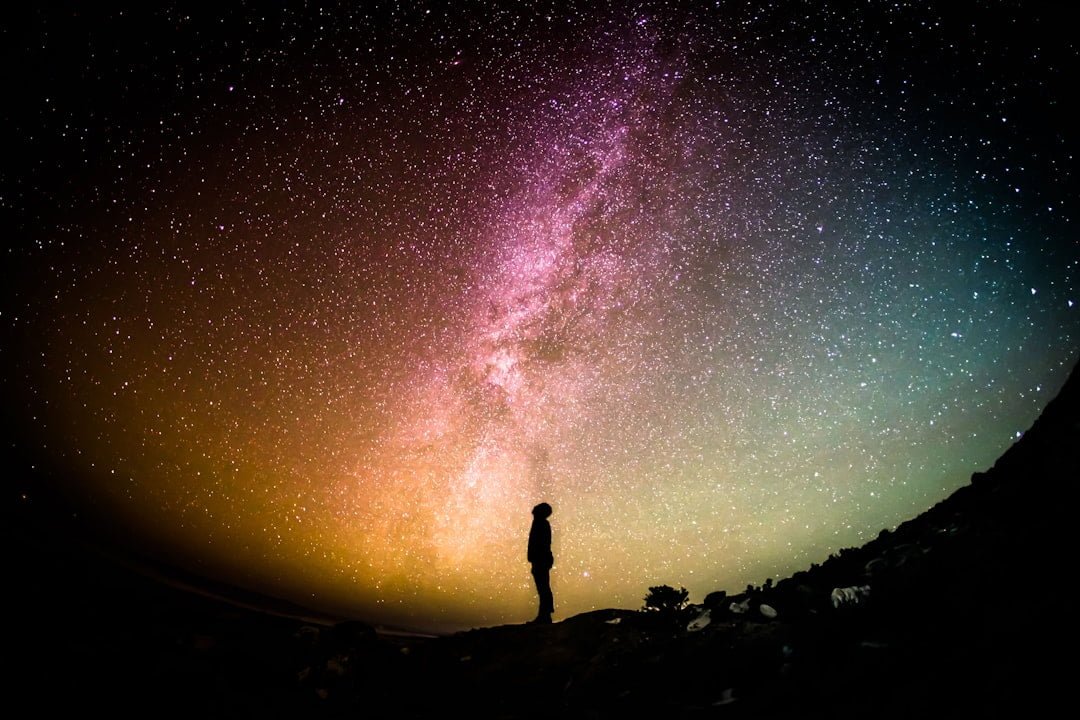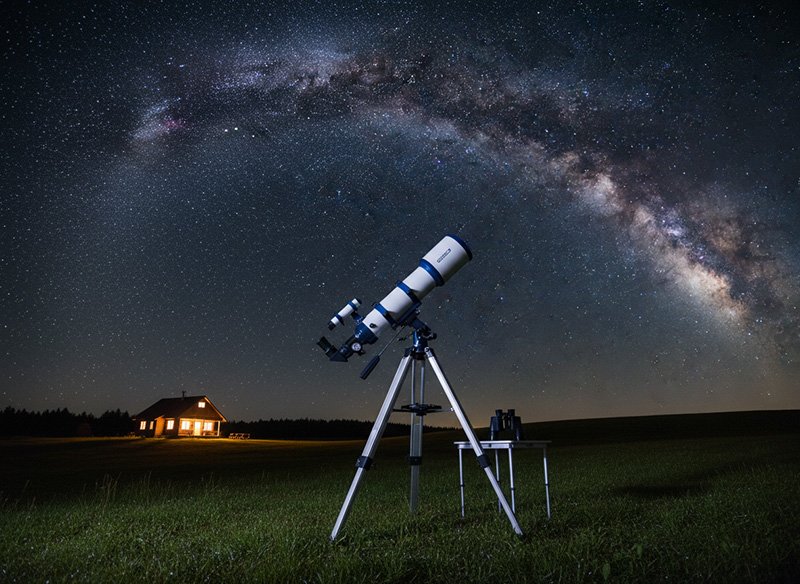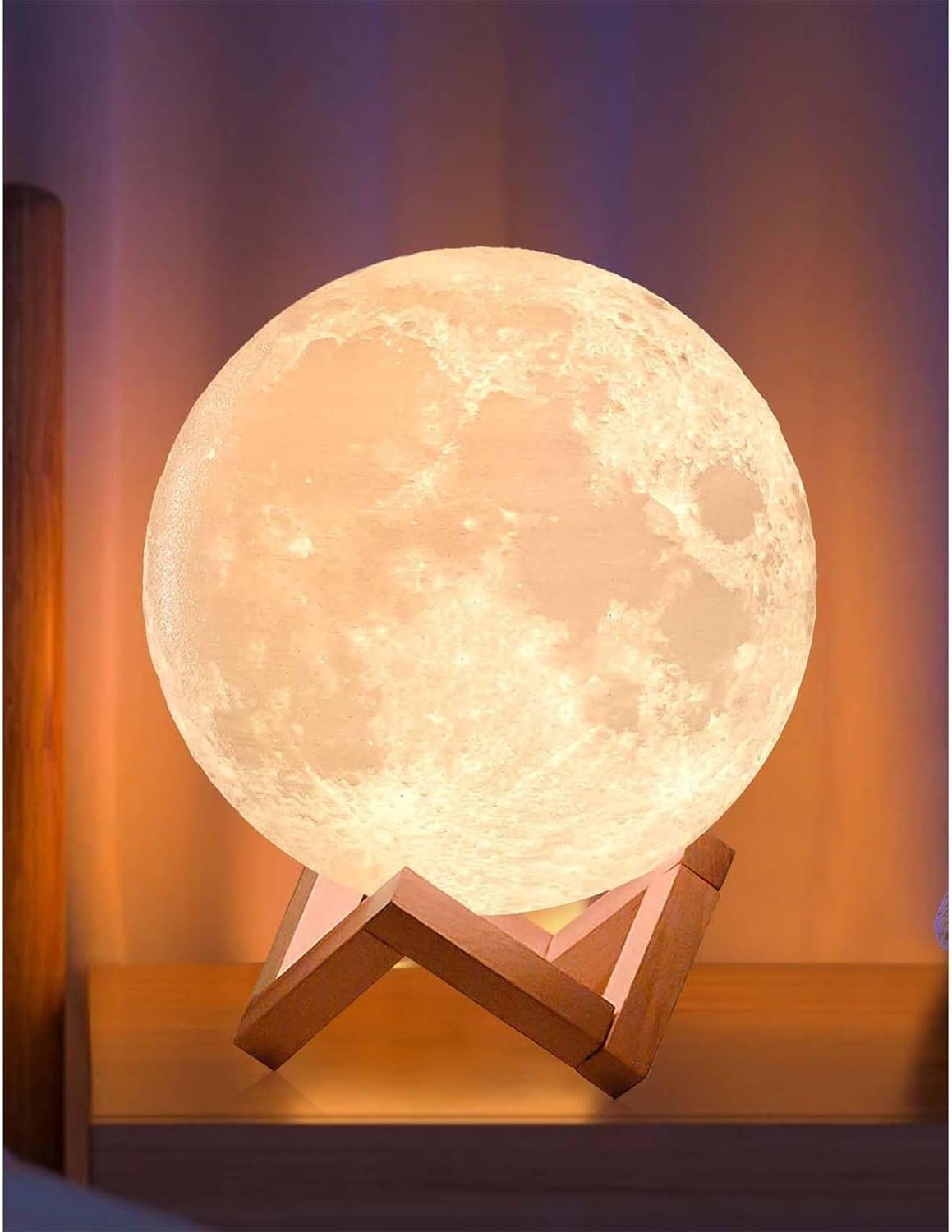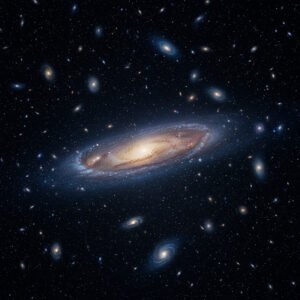The vastness of space is a concept that is difficult for the human mind to comprehend. It stretches out infinitely in all directions, with countless galaxies, stars, and planets scattered throughout. Yet, despite the seemingly endless array of celestial bodies, there is a pervasive darkness that permeates the cosmos. This darkness is not simply the absence of light, but rather a mysterious phenomenon that has puzzled scientists and astronomers for centuries.
The perplexing nature of space darkness lies in its enigmatic qualities. Unlike darkness on Earth, which can be attributed to the absence of light sources, space darkness exists even in the presence of countless stars and galaxies. It is a void that seems to defy explanation, leaving scientists to grapple with questions about its origins and implications.
Key Takeaways
- Space darkness is a mystery that scientists are still trying to understand.
- The absence of atmosphere in space means that there is no air to scatter light, leading to darkness.
- Light is scattered in space by dust and gas, but this is not enough to fully explain space darkness.
- The expansion of the universe is causing space to become even darker over time.
- Dark matter may play a role in space darkness, but this is still being studied.
The absence of atmosphere in space
One of the key factors contributing to space darkness is the absence of atmosphere. On Earth, our atmosphere plays a crucial role in scattering light from the Sun and other sources, creating the blue sky during the day and allowing us to see stars at night. However, in space, there is no atmosphere to scatter light.
Without air molecules to scatter light, space becomes a vast expanse of darkness. Light from distant stars and galaxies travels through space unimpeded, allowing us to see them as points of light against the dark backdrop. This lack of scattering also means that there are no atmospheric effects such as twilight or haze to obscure our view.
The scattering of light in space
While space may be predominantly dark, it is not completely devoid of light. Interstellar dust and gas play a crucial role in scattering light and creating bursts of brightness in an otherwise dark universe.
Interstellar dust consists of tiny particles that are scattered throughout space. When light passes through these particles, it can be scattered in different directions, creating a diffuse glow known as interstellar scattering. This scattering can cause bursts of brightness in certain regions of space, giving the appearance of stars or galaxies suddenly appearing or disappearing.
Similarly, interstellar gas can also scatter light, albeit to a lesser extent than dust. Gas clouds in space can absorb and re-emit light, creating a faint glow that can be detected by sensitive instruments. This scattering of light by dust and gas adds complexity to the overall brightness of space, making it a dynamic and ever-changing environment.
The expansion of the universe and its impact on space darkness
The expansion of the universe is another factor that contributes to the darkness of space. As the universe expands, the light from distant objects is stretched, causing a shift towards longer wavelengths. This phenomenon, known as redshift, has important implications for our perception of space brightness.
The redshift of light due to the expansion of the universe means that objects that are far away appear redder than they actually are. This redshift can make distant galaxies and stars appear dimmer and less bright than they would if they were closer to us. As a result, the overall brightness of space is reduced, contributing to its mysterious darkness.
The role of dark matter in space darkness
Dark matter is another factor that influences the darkness of space. Dark matter is an invisible form of matter that does not interact with light or other forms of electromagnetic radiation. However, it does have a gravitational effect on visible matter, such as stars and galaxies.
The presence of dark matter affects the distribution of visible matter in space. It acts as an invisible scaffolding that holds galaxies together and shapes their structure. While dark matter itself does not emit or scatter light, its presence can indirectly contribute to the darkness of space by influencing the distribution and behavior of visible matter.
The limitations of human vision in perceiving space brightness
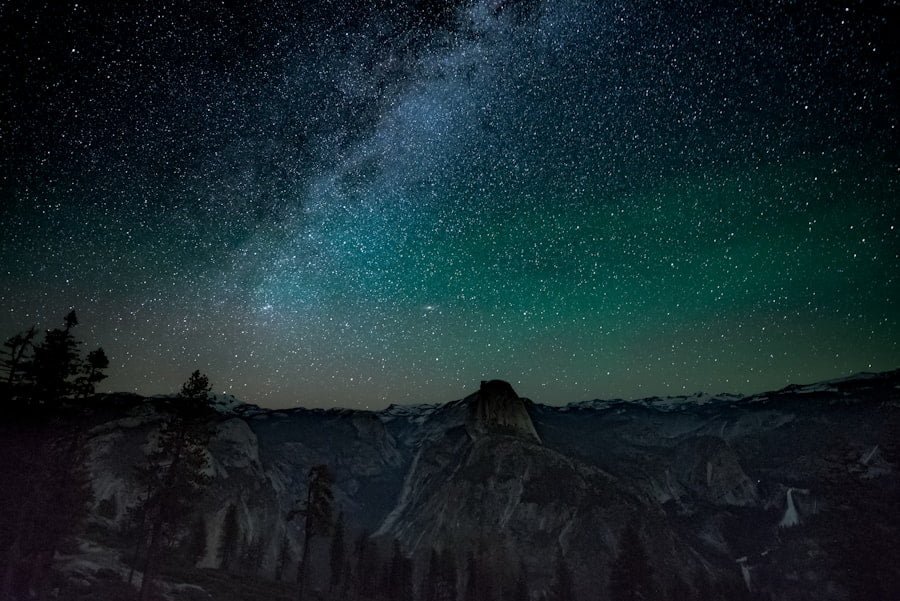
While scientists have made significant advancements in our understanding of space darkness, there are inherent limitations to human vision that hinder our ability to perceive the true brightness of the cosmos.
The human eye is sensitive to a narrow range of wavelengths of light, known as the visible spectrum. This limited sensitivity means that we can only perceive a fraction of the electromagnetic radiation that exists in the universe. Additionally, our eyes are not capable of detecting faint sources of light or objects that emit light outside of the visible spectrum.
Furthermore, the challenges of observing space brightness are compounded by the vast distances involved. Light from distant objects takes time to reach us, and by the time it does, it may have been significantly weakened or distorted. This makes it difficult to accurately measure the true brightness of objects in space and adds another layer of complexity to our understanding of space darkness.
The impact of cosmic dust on space darkness
Cosmic dust particles are ubiquitous in space and have a significant impact on space darkness and visibility. These tiny particles, ranging in size from micrometers to millimeters, are composed of various materials such as carbon, silicates, and ice.
When light encounters cosmic dust particles, it can be scattered or absorbed, leading to a reduction in overall brightness. This scattering and absorption can cause objects in space to appear dimmer or even completely obscured. Additionally, cosmic dust can also block or filter certain wavelengths of light, further contributing to the darkness of space.
The role of black holes in space darkness
Black holes are perhaps the most enigmatic and mysterious objects in the universe. These gravitational powerhouses have such intense gravitational pull that not even light can escape their grasp. As a result, black holes create regions of absolute darkness in space.
The presence of black holes can have a profound impact on the overall brightness of their surroundings. As matter falls into a black hole’s event horizon, it is compressed and heated to extreme temperatures, emitting intense radiation across the electromagnetic spectrum. However, this radiation is ultimately consumed by the black hole, leaving behind a void of darkness.
The impact of distance on space brightness
The inverse square law of light intensity states that the intensity of light decreases with the square of the distance from the source. This law has important implications for our perception of space brightness.
As light travels through space, it spreads out and becomes less intense. This means that objects that are farther away appear dimmer and less bright than those that are closer to us. The vast distances involved in space exploration mean that many objects are incredibly faint and difficult to detect, contributing to the overall darkness of space.
The future of space exploration and its implications for understanding space darkness
Despite the many mysteries surrounding space darkness, scientists and astronomers continue to push the boundaries of our knowledge through ongoing space exploration. The development of advanced telescopes and instruments has allowed us to peer deeper into the cosmos than ever before, revealing new insights into the nature of space darkness.
Future missions, such as the James Webb Space Telescope, promise to further expand our understanding of space darkness. By observing distant galaxies and stars in unprecedented detail, these missions will provide valuable data that can help unravel the mysteries of space darkness.
Understanding space darkness is not only a scientific endeavor but also a philosophical one. It forces us to confront our place in the universe and grapple with questions about the nature of existence itself. As we continue to explore and study the cosmos, we inch closer to unraveling the secrets of space darkness and gaining a deeper understanding of our place in the universe.
If you’re fascinated by the mysteries of space, you might also be interested in exploring the potential for life beyond Earth. In a thought-provoking article titled “Exomoons: Small Planets Could Hold the Key to Life Beyond Earth,” The Universe Episodes delves into the intriguing possibility that exomoons, rather than exoplanets, could be the key to finding extraterrestrial life. This captivating piece explores the unique characteristics and potential habitability of exomoons, shedding light on a fascinating aspect of our search for life in the cosmos. To read more about this captivating topic, check out the article here.
–

